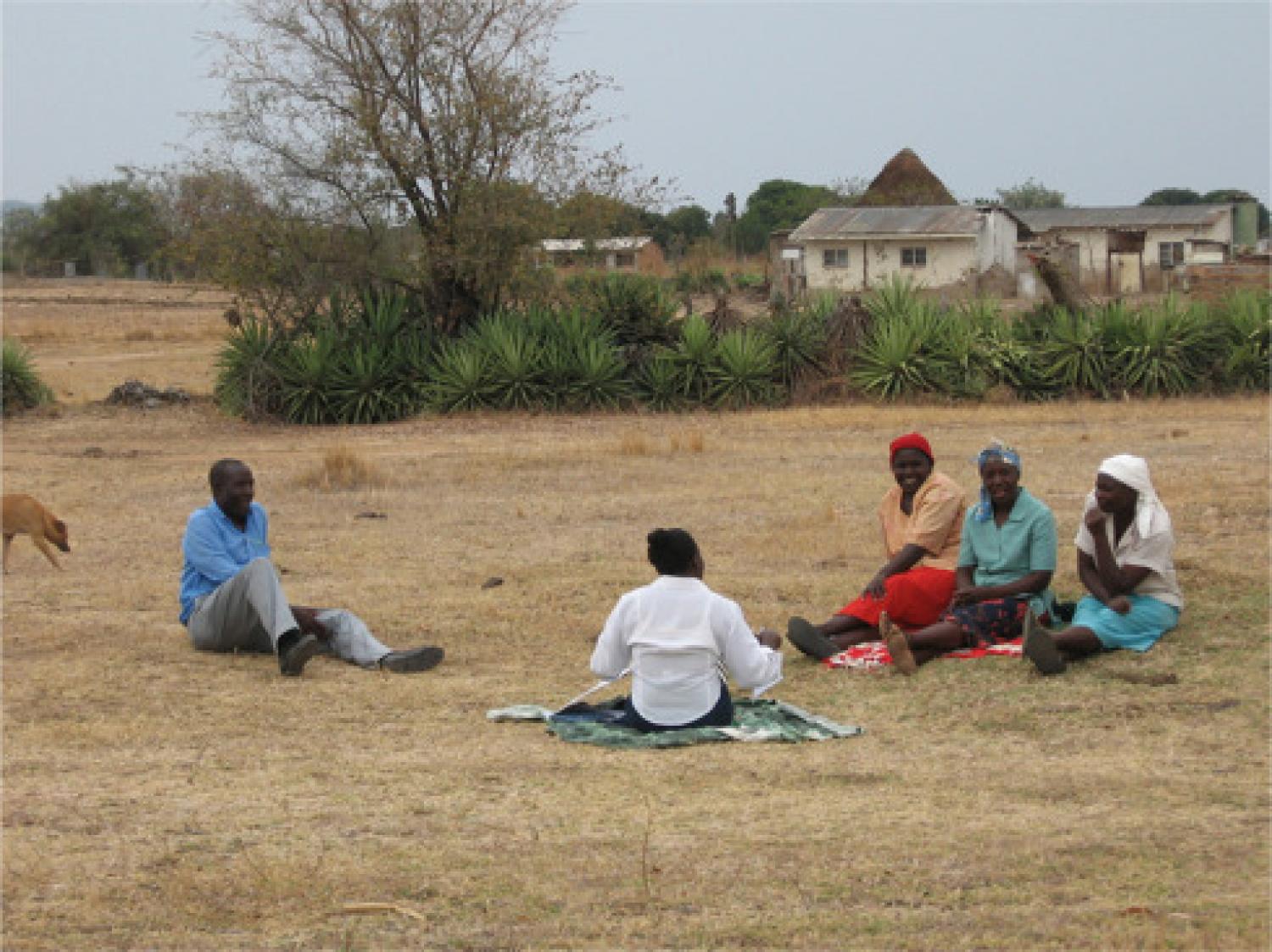
Global health programs are often designed, in their original forms, for use in developed country settings. Extensive efforts are now made to adapt programs to developing world environments, with a focus on affordability and functionality in resource-poor settings. However, there are other dimensions of adaptations to global health program design and delivery, as well as epidemic control and public health emergency responses, that should also be considered—most notably from the diplomatic perspective. To what extent does a health program—even when adapted clinically—respond and fit in to local culture, religion, economics—to social structures, and sensitivities? From the choice of which intervention to use to the branding and logos that are required, the diplomatic adaptation of an intervention can have a key impact on service utilization and acceptability in recipient communities.
